Before you dive into the world of programming, it’s essential to set up a development environment that allows you to write and run your code effectively. In this section, we’ll guide you through the initial steps, starting with the crucial task of building a Docker container. Don’t worry; it’s a significant step that will pave the way for your programming journey. Plus, remember that assistance is just a message away if you encounter any challenges.
Creating a Dedicated Workspace
Setting Up the Docker Environment
We’ll be using Docker to run our code files, and to make this process more user-friendly, we’ll employ Docker Compose. Before we jump into the technical details, let’s outline the necessary steps.
1. Dockerfile: Start by creating a file called “Dockerfile” (note the capital “D” and no file extension). Add the following content to this file:
FROM python:3.11 WORKDIR /app
This simple Dockerfile specifies that we want to use Python version 3.11 and sets our working directory to “/app.”
version: "3"
services:
my-environment:
build: .
volumes:
- .:/app
Building Your Python Container
- If you’re comfortable with the command line, navigate to your “lesson1” folder and run the following command:
docker-compose build. Ensure that Docker is up and running on your computer.  Alternatively, if you’re using Visual Studio Code (VS Code), press Ctrl + ~ to open the integrated terminal, then select the “terminal” tab at the bottom of your screen. From there, run the
Alternatively, if you’re using Visual Studio Code (VS Code), press Ctrl + ~ to open the integrated terminal, then select the “terminal” tab at the bottom of your screen. From there, run the docker-compose buildcommand. This approach may be more convenient for many users.
Nova Scotia-based software developer with a rich history in entrepreneurship and technology. In the year 2000, embarked on a collaborative journey to automate statistical data gathering for a hockey pool, which later evolved into a thriving business focused on curating sports statistics.
Through strategic contracting in various sectors, including telecommunications and insurance, contributed to the growth of the startup, eventually expanding it to a significant enterprise with over 100 employees and worldwide affiliates.
Now, in the phase of semi-retirement, founded 'Daptl' to explore new contracting opportunities, adding another chapter to an already impressive career.




